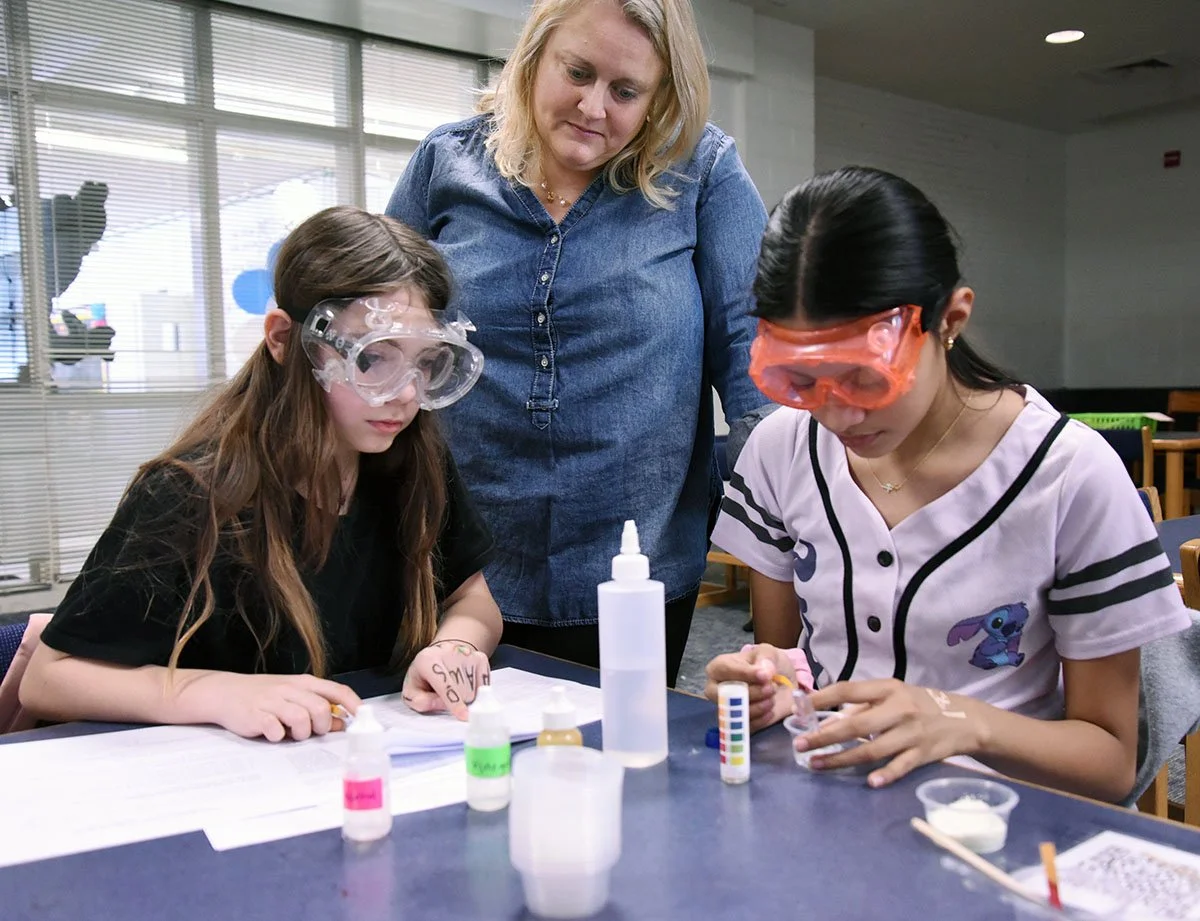The Singapore primary science olympiad has evolved into something more significant than a mere academic competition over the past decades. Walk into any preliminary round, and you will witness hundreds of primary school students wrestling with questions that probe not just their knowledge of scientific facts, but their ability to think scientifically, to reason through problems, and to apply concepts in unfamiliar contexts. These young competitors, some barely ten years old, represent the leading edge of Singapore’s investment in scientific literacy and critical thinking.
The olympiad itself operates on a scale that might surprise those unfamiliar with Singapore’s educational landscape. Thousands of students from schools across the island participate annually, making it one of the most significant primary-level science competitions in the country. The questions they face demand more than textbook recall.
Origins and Evolution
The science olympiad for primary students in Singapore emerged from a recognition that standard assessments alone could not capture the full range of scientific talent among young learners. Educators and scientists observed that many capable students possessed curiosity and analytical abilities that conventional examinations failed to measure adequately.
What began as a relatively modest competition has expanded considerably. The format has evolved, the questions have grown more sophisticated, and participation has broadened beyond the traditional academic powerhouses to include schools from diverse backgrounds across Singapore. This democratisation matters, offering opportunities to students who might otherwise never test themselves against such challenging material.
“The olympiad reveals something important about how children think scientifically,” notes a veteran science educator who has coached multiple teams. “It is not about memorising the periodic table. It is about understanding cause and effect, about designing experiments mentally, about reasoning from evidence.”
What the Competition Tests
Understanding what the primary science olympiad in Singapore actually assesses requires examining the types of questions posed. Unlike typical school science tests, olympiad questions frequently present novel scenarios that students have not encountered in their textbooks or classrooms.
Key areas of assessment include:
- Application of scientific concepts to unfamiliar situations
- Experimental design and understanding of scientific methodology
- Data interpretation and analysis skills
- Logical reasoning and problem-solving abilities
- Integration of knowledge across different scientific domains
- Critical evaluation of scientific claims and evidence
Consider a typical olympiad question. Rather than asking students to name the stages of the water cycle, a question might present data about rainfall patterns, temperature changes, and geographical features, then ask students to predict and explain outcomes based on their understanding of scientific principles.
Preparation and Its Challenges
Schools approach preparation for the Singapore primary science olympiad with varying strategies and levels of intensity. Some establish dedicated training programmes months in advance, whilst others adopt more relaxed approaches, viewing participation itself as the primary benefit regardless of results.
The most effective preparation programmes share certain characteristics. They emphasise understanding over memorisation, expose students to non-routine problems regularly, and cultivate scientific curiosity beyond competition requirements. Teachers guide students through the process of scientific thinking, helping them develop systematic approaches to unfamiliar challenges.
Yet preparation presents dilemmas. How much is appropriate for primary school students already managing substantial academic workloads? When does healthy challenge become excessive pressure? These questions perplex parents and educators alike, particularly in Singapore’s achievement-oriented educational culture.
“We try to maintain perspective,” explains one school science coordinator. “The olympiad should enrich students’ learning, not dominate it. The goal is developing young scientists, not creating stressed children.”
The Day of Competition
Competition day itself reveals much about the participants and the event’s nature. Students arrive with mixtures of excitement and nervousness visible on their faces. Some carry notes for last-minute review; others appear remarkably calm, treating the olympiad as an adventure rather than an ordeal.
The examination papers contain questions that would challenge many secondary school students. Multiple-choice questions test breadth of knowledge and reasoning ability. Open-ended questions demand clear explanation and justification. Experimental design questions assess whether students understand not just scientific facts but scientific methods.
Time pressure adds another dimension. Students must work efficiently, making decisions about which questions to attempt first, when to move on from difficult items, and how to allocate their mental resources.
Beyond Medals and Certificates
Whilst top performers receive recognition through medals and certificates, the value of participating in Singapore’s primary science olympiad extends considerably beyond awards. Students develop resilience through tackling difficult problems, learning that confusion and initial failure constitute normal parts of serious intellectual work.
Many participants describe the olympiad as transformative, sparking deeper interest in science that persists through secondary school and beyond. Others discover capabilities they did not know they possessed, gaining confidence that influences their academic trajectories.
Research into olympiad participation suggests benefits including enhanced problem-solving abilities, increased scientific literacy, and stronger analytical thinking skills. These advantages appear regardless of whether students medal or simply participate earnestly.
Broader Educational Implications
The existence and popularity of the primary science olympiad reflects broader truths about Singapore’s educational priorities. The competition signals that scientific thinking matters, that intellectual challenge benefits young minds, and that education should cultivate capability beyond examination performance.
Critics occasionally argue that such competitions add unnecessary pressure to childhood or privilege students from advantaged backgrounds. These concerns merit consideration. Yet proponents counter that properly conducted olympiads can inspire and develop talent across demographic groups.
The Continuing Journey
For students who participate, the olympiad represents one milestone in longer educational journeys. Some will pursue science intensively, eventually competing in secondary and tertiary level competitions. Others will apply the thinking skills developed through preparation to entirely different fields. All will carry forward some measure of what the experience taught them about challenge, persistence, and intellectual growth.As Singapore continues investing in scientific education and innovation, competitions like the singapore primary science olympiad remain significant mechanisms for identifying talent, inspiring young learners, and cultivating the scientific thinking essential for the future.












